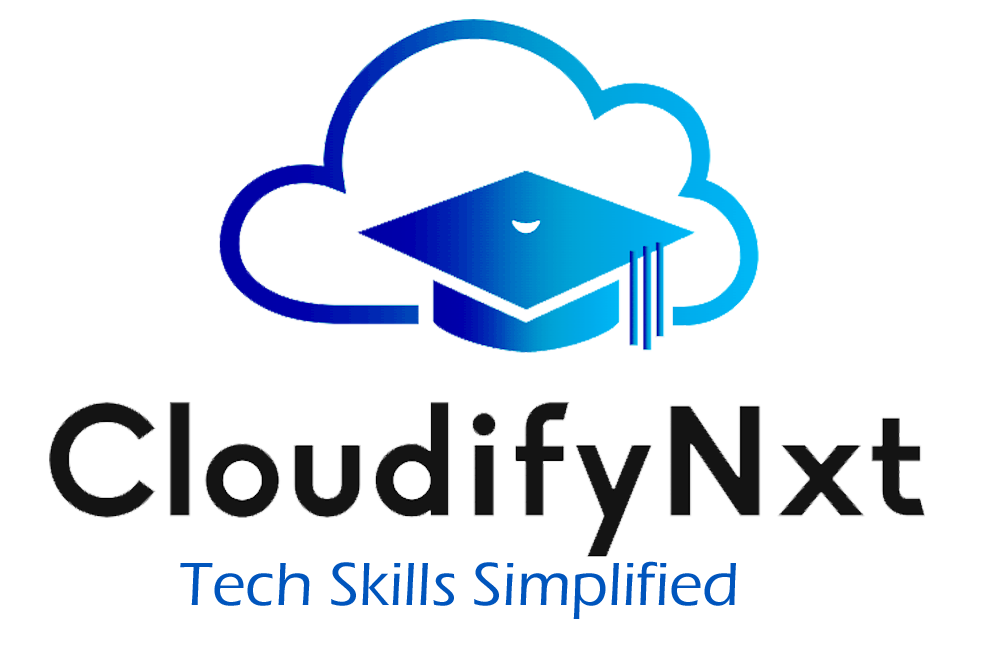
Data Science Interview Questions: A Comprehensive Guide for 2025
Embarking on a career in data science requires not only technical proficiency but also the ability to effectively communicate your knowledge during interviews. In 2025, the landscape of data science continues to evolve, with companies seeking professionals who are adept at handling complex data challenges and can contribute to data-driven decision-making. This guide provides a curated list of essential data science interview questions, along with insights and strategies to help you prepare effectively.
Contents
- 1 Understanding the Core Concepts
- 2 Frequently Asked Data Science Interview Questions
- 2.1 1. What is Data Science?
- 2.2 2. Explain the Difference Between Supervised and Unsupervised Learning
- 2.3 3. What is Overfitting, and How Can You Prevent It?
- 2.4 4. Describe the Bias-Variance Tradeoff
- 2.5 5. What is Cross-Validation?
- 2.6 6. Explain the Concept of Regularization
- 2.7 7. What is a Confusion Matrix?
- 2.8 8. Describe the Importance of Feature Engineering
- 2.9 9. What is Principal Component Analysis (PCA)?
- 2.10 10. How Would You Handle Imbalanced Data?
- 3 Advanced Data Science Interview Questions
- 4 Preparing for the Interview
Understanding the Core Concepts
Before delving into specific interview questions, it’s crucial to have a solid grasp of the foundational concepts in data science. These include statistical analysis, machine learning algorithms, data preprocessing, and model evaluation techniques. A deep understanding of these areas will not only help you answer questions confidently but also demonstrate your expertise to potential employers.
Frequently Asked Data Science Interview Questions
1. What is Data Science?
Answer: Data science is an interdisciplinary field that combines statistical methods, algorithms, and domain knowledge to extract meaningful insights from structured and unstructured data. It encompasses various stages, including data collection, cleaning, analysis, and visualization, to inform decision-making processes.
2. Explain the Difference Between Supervised and Unsupervised Learning
Answer: Supervised learning involves training a model on labeled data, where the outcomes are known, to predict future outcomes. In contrast, unsupervised learning deals with unlabeled data, aiming to identify hidden patterns or intrinsic structures within the data.
3. What is Overfitting, and How Can You Prevent It?
Answer: Overfitting occurs when a model learns not only the underlying pattern but also the noise in the training data, leading to poor performance on new data. To prevent overfitting, techniques such as cross-validation, regularization, and pruning can be employed.
4. Describe the Bias-Variance Tradeoff
Answer: The bias-variance tradeoff is the balance between two sources of error that affect the performance of machine learning models:
-
Bias: Error due to overly simplistic models that cannot capture the underlying data patterns.
-
Variance: Error due to models that are too complex and sensitive to small fluctuations in the training data.
The goal is to find a model that appropriately balances bias and variance to minimize total error.
5. What is Cross-Validation?
Answer: Cross-validation is a technique used to assess the performance of a model by partitioning the data into subsets, training the model on some subsets, and validating it on the remaining subsets. This process helps in understanding how the model generalizes to an independent dataset.
6. Explain the Concept of Regularization
Answer: Regularization involves adding a penalty term to the loss function to prevent overfitting by discouraging overly complex models. Common regularization techniques include L1 (Lasso) and L2 (Ridge) regularization.
7. What is a Confusion Matrix?
Answer: A confusion matrix is a table used to evaluate the performance of a classification model by comparing the predicted labels with the actual labels. It provides insights into the types of errors made by the model, such as false positives and false negatives.
8. Describe the Importance of Feature Engineering
Answer: Feature engineering is the process of selecting, modifying, or creating new features from raw data to improve the performance of machine learning models. It involves techniques like normalization, encoding categorical variables, and creating interaction terms.
9. What is Principal Component Analysis (PCA)?
Answer: Principal Component Analysis (PCA) is a dimensionality reduction technique that transforms data into a new coordinate system, reducing the number of variables while retaining most of the original variance. It is commonly used to simplify models and reduce computational costs.
10. How Would You Handle Imbalanced Data?
Answer: Handling imbalanced data involves techniques such as:
-
Resampling: Adjusting the dataset by oversampling the minority class or undersampling the majority class.
-
Synthetic Data Generation: Using methods like SMOTE to generate synthetic samples for the minority class.
-
Algorithmic Adjustments: Modifying algorithms to account for class imbalance, such as using weighted loss functions.
Advanced Data Science Interview Questions
11. What is the Curse of Dimensionality?
Answer: The curse of dimensionality refers to the challenges that arise when analyzing and organizing data in high-dimensional spaces. As the number of features increases, the volume of the space increases exponentially, leading to sparse data and increased computational complexity.
12. Explain the Working of a Decision Tree
Answer: A decision tree is a flowchart-like structure where each internal node represents a decision based on a feature, each branch represents the outcome of that decision, and each leaf node represents a class label. It splits the data at each node to maximize information gain or minimize impurity.
13. What is Random Forest?
Answer: Random Forest is an ensemble learning method that constructs multiple decision trees during training and outputs the class that is the majority vote of the classes from all trees. It reduces overfitting and improves accuracy.
14. Describe the Naive Bayes Algorithm
Answer: Naive Bayes is a probabilistic classifier based on Bayes’ theorem, assuming independence between features. It calculates the posterior probability of each class and assigns the class with the highest probability.
15. What is Gradient Descent?
Answer: Gradient Descent is an optimization algorithm used to minimize the loss function in machine learning models. It works by iteratively adjusting the model parameters in the direction that reduces the loss, guided by the gradient of the loss function.Guvi
Preparing for the Interview
To effectively prepare for a data science interview:
-
Review Key Concepts: Ensure a strong understanding of statistics, machine learning algorithms, and data preprocessing techniques.
-
Practice Coding: Regularly solve problems on platforms like LeetCode to enhance coding skills.
-
Work on Projects: Build a portfolio of data science projects to demonstrate practical experience.
-
Mock Interviews: Conduct mock interviews to improve communication skills and receive feedback.
